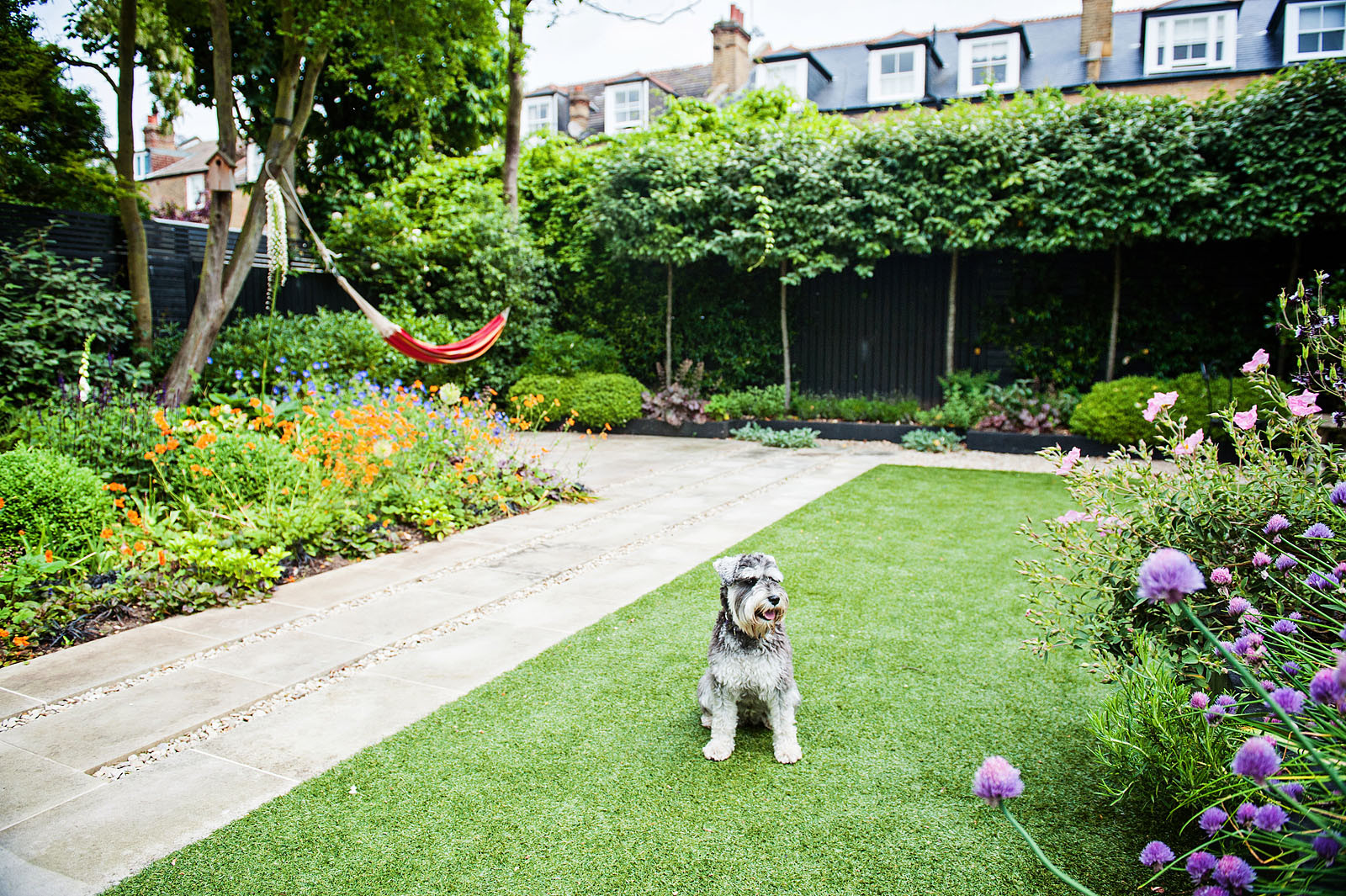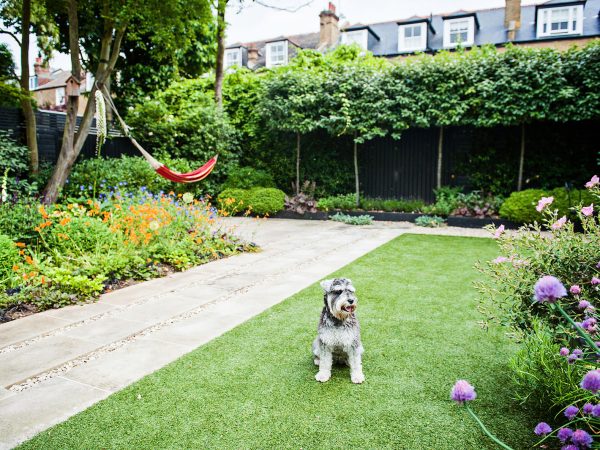Ideas to Make Your Garden Dog Friendly
Creating a dog friendly garden can be a fun project, especially if you have a family pet. There are many ways to make your garden more dog-friendly, including planting dogs-friendly flowers and shrubs. You can also plant a fence or make a raised bed for the pets to lay in.
Raised garden beds
Whether you have a large garden or a small one, raised garden beds can make caring for your plants easier. You can easily customize your raised bed to fit your needs.
You can choose a simple, metal fence or a raised garden bed that includes a protective cover. Both can keep dogs from getting into your garden.
Wood is the most common material used for raised garden beds. But you can also choose to use recycled pallets or even concrete. If you decide on a wooden bed, invest in pressure-treated wood. This will prevent rot and warping.
The best wood for a raised bed is cedar. Cedar is durable and rot-resistant. It’s also very inexpensive. However, you may have to spend a little money on a liner to protect the wood from soil.
Mulch
Choosing the right mulch for your garden will ensure that your pets stay safe and happy. Some varieties of mulch are harmful to pets, while others are harmless. When deciding which mulch to use, consider the following points:
Grass clippings are a good alternative to wood mulch, as they are not treated with pesticides. However, be sure to dry the clippings before spreading. If your dog consumes the clippings, they may have a toxic reaction.
Cedar mulch is another popular option. Cedar mulch is finely shredded, and has natural bug repellent properties.
Pine mulch is also a good option. Pine is a natural mulch that is dog friendly, but the needles can be too acidic for some plants. The bark is also non-toxic and can help retain moisture in the soil.
Ground cover plants
Keeping your garden dog friendly doesn’t have to be difficult. There are many nonliving and live ground cover options available. These plant varieties are not only practical but they also add color and texture to your yard. They can be used in your flower beds, borders along a fence, or in a sandbox to keep your dog away from your plants.
When considering ground covers for your garden, you want to choose something that can survive in the climate you live in. For example, if you live in an area with high temperatures, you can use Dichondra, also called Mercury Bay weed, which thrives in hot and cold weather.
For more shade, you can use Vinca minor, which grows low mounds of variegated leaves. This plant is easy to care for, and it tolerates foot traffic.
Irises
Whether you’re looking to add some color to your garden or create a new lawn, you should always choose plants that are dog friendly. Adding a sandbox or barks to the outside of your yard will keep dogs out of the garden, while providing them with an area to play.
Irises, also known as yellow flag or snake lily, are a common perennial. They are aesthetically pleasing and are very useful in the garden. However, irises are toxic to all animals, including dogs.
Ingesting the rhizome or roots of an iris can result in vomiting, severe diarrhea, and possibly even death. The plant contains a chemical called irisin. This compound is found in all parts of the plant, but it is most concentrated in the rhizome.
Fences
Whether you have a small or large yard, you can make it more dog friendly by installing fences. Not only will this prevent your dog from running off, it will also protect your plants and lawn from unwanted paws.
There are a number of materials you can use to build a fence, including metal, wood, and even chain link. Choosing the material that is most appropriate for your yard will depend on the needs of your pets and your budget. Aluminum is the most inexpensive material, but it is not as durable as wrought iron.
If you have a larger yard, you may want to consider fencing in the entire space. This can be a great way to create a dog run or keep your dog out of the flower beds.

